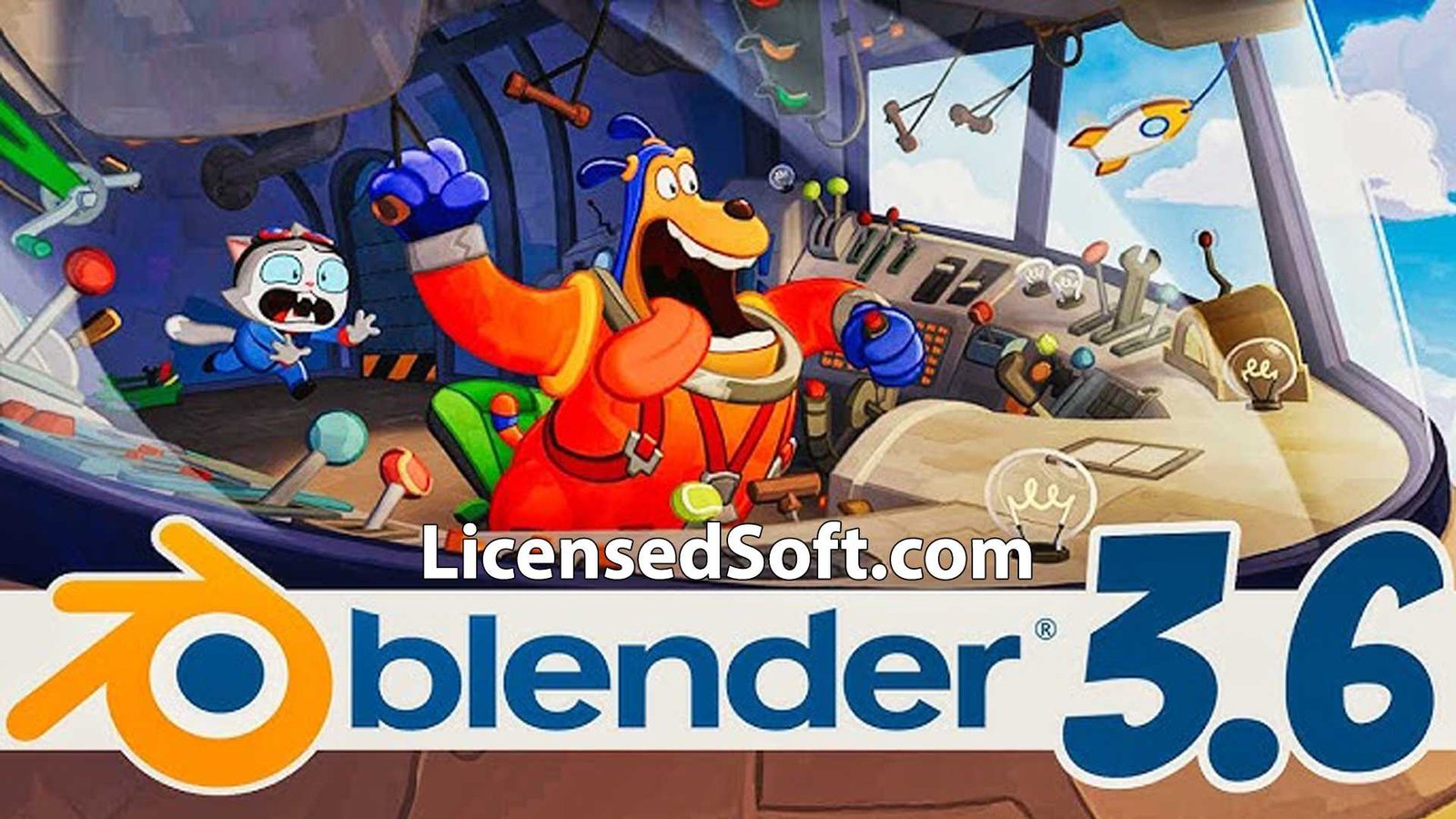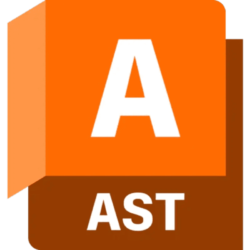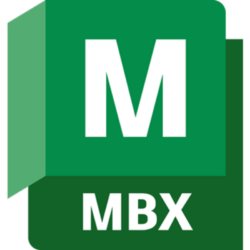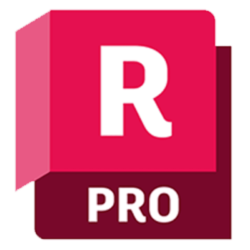Blender 3.6.1 is a free and open source 3D creation software. It supports the entire 3D pipeline for modeling, rigging, animation, simulation, rendering, compositing and motion tracking, and even video editing and game creation. Advanced users can use Blender’s Python scripts to customize the application and write specialized tools. Blender is perfect for individuals and small studios who benefit from a unified pipeline and a responsive development process. Blender is cross-platform and can run on Linux, Windows and Macintosh computers. Its interface uses OpenGL to provide a consistent experience. In order to confirm specific compatibility, the supported platforms list indicates the platforms that the development team tests on a regular basis.
This release ends the two-decade long line of Blender 2.x updates and introduces a new, more traditional two-year release cycle for major new versions of the software. Major new features across the board, from Cycles X to the new asset browser and pose library, but just as importantly, Blender 3 adds significant new features to the software, including Cycles X, a major rewrite of the Cycles production renderer, and the new asset explorer and pose libraries. The update also extends Blender’s geometry node system with support for field and text nodes, and adds a new USD importer for visual effects workflows, among many smaller features.

Blender 3.6.1 2023 New Features:
1. A brand new workspace
With templates and workspaces, you can quickly get started with tasks like sculpting, texture painting, or motion tracking. They can customized to create your own productive work environment. You can also get Adobe Character Animator 2023 By LicensedSoft.
2. What You See Is What You Need
With the new modern 3D viewport, you’ll able to display a scene optimized for the task you’re doing. The new Workbench rendering engine is designed to get work done in the viewport, supporting tasks such as scene layout, modeling and sculpting. The engine also features overlays, allowing precise control over which utilities are visible on top of the render.
Overlays also work on top of Eevee and Cycles render previews, so you can edit and paint scenes with full shading.
3. Tools and Gizmos
The 3D Viewport and UV Editor have new interactive tools and gizmos, as well as a new toolbar. These make it easier for new users to get started with Blender, and enable existing users to discover and use tools that previously required ambiguous key combinations.
In addition to tool gizmos, various elements such as lights, cameras, and compositing background images now have handles to adjust their shape or other properties.
4. Real-Time Renderer
Eevee is a new physically based real-time renderer. It acts both as a renderer for the final frame and as an engine-driven real-time viewport that Blender uses to create assets.
It has advanced features such as volumes, screen space reflections and refractions, subsurface scattering, soft and contact shadows, depth of field, camera motion blur and bloom.
5. 2D animation
Grease Pencil is now a complete 2D drawing and animation system. This unprecedented integration of 2D tools in a 3D environment will enable you to create next-level concept art, storyboards and animations.
6. Cycles
Cycles now offers industry standard features such as Cryptomatte, BSDF hair and volume shading, and Random Walk Subsurface scattering. Numerous rendering optimizations have done, including combined CPU and GPU rendering, greatly improved OpenCL launch and render times, and CUDA support for scenes that don’t fit in GPU memory. Cycles has used in high profile shorts and feature films and is receiving more and more contributions from the industry.
7. But wait, there’s more!
Multi-object editing, viewing layers and collections, custom general tools and modifiers, Pixar’s OpenSubdiv, custom font text bars, bevel tools and modifiers, text improvements, new armature constraints, limit improvements, video metadata , ABC, WebM support, glTF support, easier driver installation, angled bends on cloth, Audaspace upgrade, COLLADA, UI templates, pie menu, better chunk management, new video sequencer cache, status bar , Unit System Improvements, New Dependency Graph, Cycle Fix, Topology, Popover UI Widget, Bone Selection Sets, Cinematic Curve Mapping, Redesigned User Preferences, Object Scatter New Tablet Preferences, Rigify, Python API Changes and Improvements….
Some new features in Blender 3:
- Cycles GPU cores have rewritten for better performance, rendering 2 to 8 times faster in the real world.
- With updated scheduling and display algorithms, the viewport is more responsive.
- OpenImageDenoise upgraded to version 1.4 with improved detail preservation. A new prefilter option has added to control the denoising of the auxiliary albedo and normal channels.
- New option to reduce shadow artifacts.
- Subsurface scattering now supports random walk anisotropy and refractive index.
- The procedural system introduced in 2.92 has extended with a redesigned approach to node group design, a new property system. About 100 new nodes for interacting with curves, text data, instances, etc.
- Mesh attributes are no longer exclusive to Cycles, Eevee now fully supports attributes, including those generated by geometry nodes.
- Updated themes, improvements and a host of new options to further customize the already flexible layout system.
- There are many, many more!



